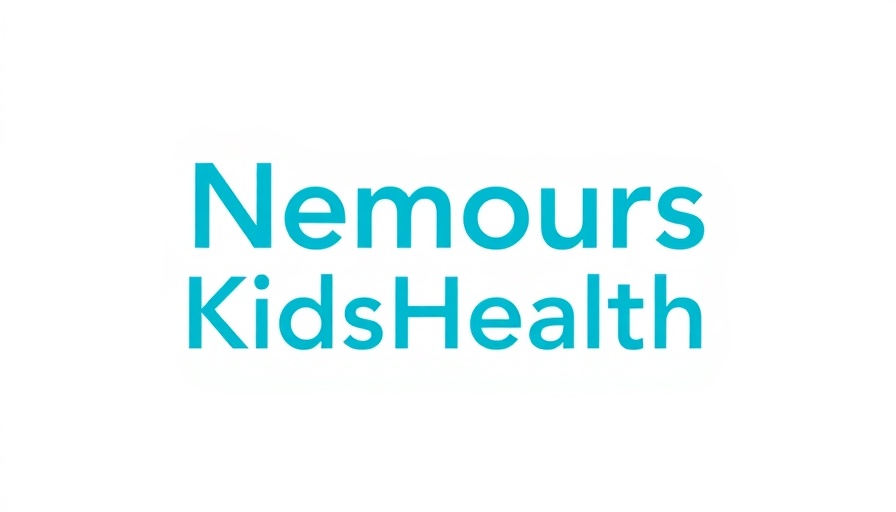
The Hidden Dangers of Group A Strep Among Older Adults
As digital nomads venture into different environments, one health risk often overlooked is Group A Streptococcus (GAS), especially among older populations in long-term care facilities (LTCFs). This bacterium can lead to severe infections and even fatalities, making timely recognition crucial for those who may be interacting with or providing care for elderly individuals. In this article, we'll explore the risks associated with GAS, why age is a significant factor, and steps that can be taken to mitigate these risks.
Understanding the Severity of GAS Infections
Group A Strep can cause multiple infections, ranging from mild to life-threatening conditions such as necrotizing fasciitis and streptococcal toxic shock syndrome. Residents of LTCFs are particularly vulnerable; the data shows that this demographic experiences a 3- to 8-fold higher incidence of invasive GAS infections compared to their peers living in the community. It is crucial to understand these risks when interacting with older adults, especially for digital nomads who may be working or volunteering in these environments.
Age and Its Risks
Age plays a pivotal role in GAS infections; they increase significantly among adults aged 50 and above. Those aged 85 and older, for instance, face a staggering 15.2 cases per 100,000 population. The statistics paint a dire picture: approximately 15% of individuals aged 65 and above perish from invasive GAS infections. This reveals the critical need for early spotting of symptoms in older adults, particularly those residing in LTCFs, where health outcomes can worsen swiftly.
The Importance of Early Detection
Early detection of GAS is vital for effective treatment. Symptoms frequently develop quickly, and without prompt medical intervention, lesser infections can escalate to severe complications within days. For those who travel or work within communities with elderly populations, understanding symptoms such as worsening cellulitis or unusual fever is essential. Prioritizing health and preventive measures can significantly reduce adverse outcomes.
Promoting Hygiene Awareness
For digital nomads working abroad, enhancing awareness around hygiene practices is equally crucial. Handwashing, sanitization, and understanding transmission are indispensable in mitigating the spread of GAS. Special attention should be directed towards communal areas in LTCFs, ensuring that proper cleaning protocols are followed to protect vulnerable residents.
Empowering Healthcare Interactions
If you are interacting with healthcare professionals or caregivers, ensure they are educated about the risks associated with GAS in long-term care settings. Encourage open dialogue about health practices, preventive vaccination where applicable, and monitoring symptoms among individuals at risk. Awareness can lead to better health decisions and outcomes, ultimately contributing to a healthier environment for seniors.
Your Role in Safe Travel and Healthcare Abroad
Digital nomads play a unique role in increasing awareness of health risks among elderly populations. Whether you are volunteering, caregiving, or simply visiting loved ones, understanding the implications of GAS allows you to engage meaningfully and responsibly. Always prioritize safety and health, ensuring you are equipped with knowledge about the common signs of infection and best hygiene practices.
A Call to Action for Digital Nomads
As you travel and connect with diverse populations, remember to educate yourself and others about the serious implications of Group A Strep. The information is clear: awareness and prompt action can make a significant difference in outcomes for vulnerable populations. Let’s take proactive steps to protect the health of those around us, ensuring that our travels contribute positively to health awareness.
 Add Row
Add Row  Add
Add 




Write A Comment